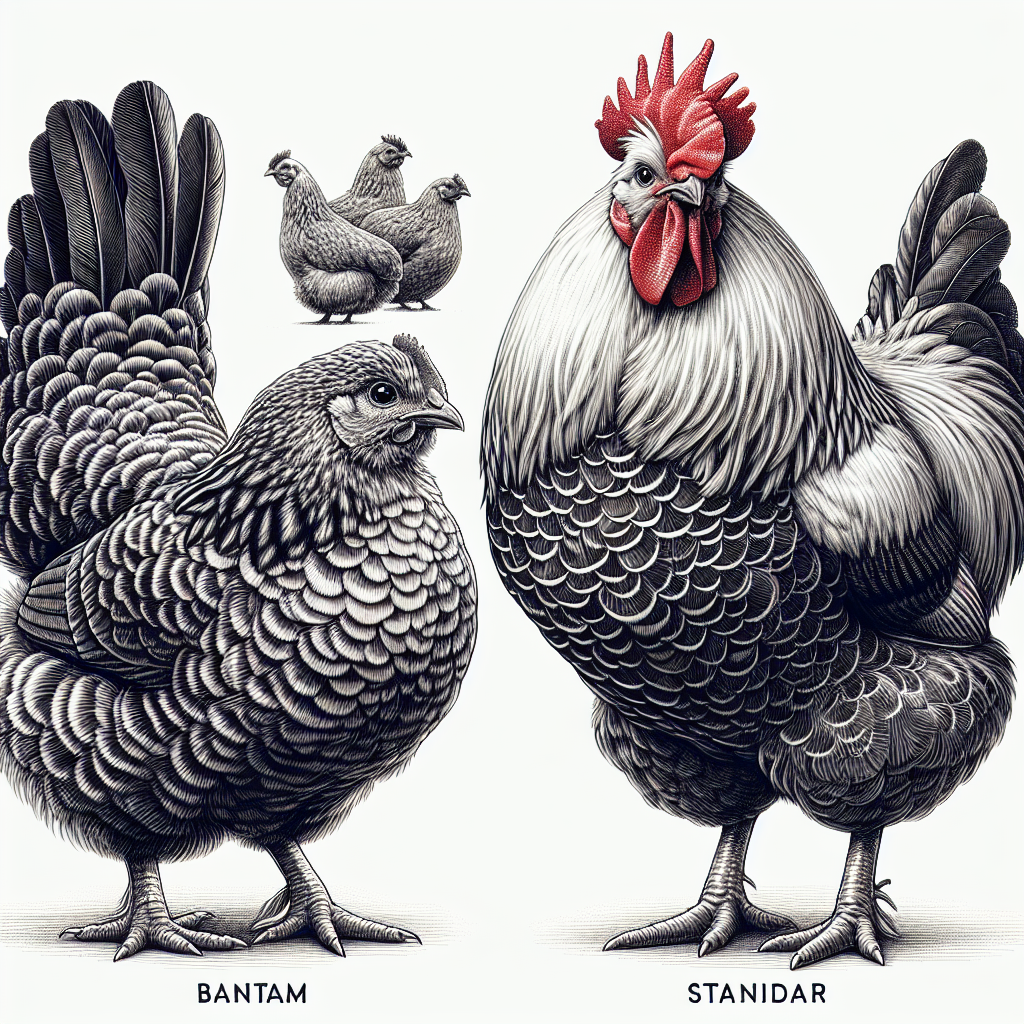In the world of chicken rearing, there is often a need to address the challenge of reintegrating isolated or injured chickens back into the flock. It can be a delicate and tricky process, but fear not, because there are indeed techniques that can help in this endeavor. Whether it’s a hen recovering from an injury or a social outcast trying to find acceptance among the other chickens, understanding the dynamics and implementing the right strategies is key to successfully reintegrating these feathered friends into the flock once again.
Methods to Integrate Isolated or Injured Chickens
Integrating isolated or injured chickens back into the flock can be a delicate process. However, with the right understanding of chicken behavior and a well-planned reintegration strategy, it is possible to successfully reintegrate them. In this article, we will explore different methods and steps to help you integrate your isolated or injured chickens back into the flock smoothly.
1. Understanding Chicken Behavior
Before we delve into the reintegration process, it is crucial to have a basic understanding of chicken behavior. Chickens are social animals that thrive in group settings. They have instinctual behaviors that help maintain order within the flock.
1.1 Natural Flock Dynamics
Chickens naturally form flocks and establish hierarchies within their groups. Understanding their flock dynamics will provide insight into how they interact and establish their pecking order.
1.2 Pecking Order Hierarchy
Pecking order hierarchy is the ranking system that chickens establish within their flocks. This hierarchy determines which chicken has priority access to resources and establishes social dominance. The pecking order is typically determined through pecking and other dominant behaviors.
1.3 Social Interactions among Chickens
Social interactions are crucial for chickens’ well-being and overall flock dynamics. Chickens communicate through vocalizations, body language, and pecking. These interactions help maintain stability within the flock.
2. Isolation and Recovery Process
In cases where chickens have been isolated or injured, it is necessary to provide them with a safe and secluded space to recover. This isolation period allows them to heal and regain their strength before reintegrating them with the rest of the flock.
2.1 Isolation as a Healing Strategy
Isolation serves as a healing strategy for injured or sick chickens. It prevents further injuries from other flock members and provides a stress-free environment for recovery. Isolating the chicken in a separate, well-equipped enclosure allows them to receive the necessary care and attention.
2.2 Isolation Duration
The duration of isolation largely depends on the severity of the chicken’s injury or illness. It is essential to consult with a veterinarian to determine the optimal isolation duration. This period enables the chicken to heal without being exposed to the potential stressors and aggression that may be present within the flock.
2.3 Providing Optimal Isolation Conditions
When isolating a chicken, it is important to create an environment that promotes healing and minimizes stress. The isolation enclosure should be spacious enough for the chicken to move comfortably. It should also provide access to clean water, appropriate food, and sufficient protection from predators.
3. Steps to Reintegrate Isolated or Injured Chickens
Once the isolated or injured chicken has sufficiently recovered, it is time to begin the reintroduction process. This process should be gradual, allowing the chicken to adjust to the flock’s presence and re-establish its position within the hierarchy.
3.1 Gradual Reintroduction
The first step in reintegrating the chicken is to gradually expose it to the presence of the flock. Place the isolation enclosure adjacent to the main flock’s area, allowing the chickens to see and hear each other without direct contact. This gradual exposure helps the chicken become familiar with the flock and reduces the chances of aggressive behavior during reintegration.
3.2 Visual Contact Introduction
After a few days of gradual exposure, it is time to introduce visual contact between the isolated chicken and the rest of the flock. This can be done by providing a wire mesh or transparent barrier that allows the chickens to see and interact with each other. Supervise these interactions closely and ensure that the flock is not overly aggressive towards the isolated chicken.
3.3 Limited Physical Interaction Introduction
Once the visual contact introduction phase is successful, the next step is to allow for limited physical interaction. This can be done by letting the isolated chicken spend short periods of supervised time with one or two selected members of the flock. Observe the behavior of both the isolated chicken and the flock members to ensure that they are comfortable and not displaying aggression.
3.4 Full Integration into the Flock
The final step in the reintegration process is to fully integrate the isolated chicken into the flock. This should be done gradually, starting with short periods of supervised interaction with the entire flock and gradually increasing the duration. Monitor the flock dynamics closely during this phase and intervene if any aggression or bullying behaviors occur.
4. Monitoring and Intervention
Throughout the reintegration process, it is crucial to monitor the chicken interactions closely and intervene if necessary. Pay attention to signs of aggression or bullying within the flock. Addressing these issues promptly is essential to ensure the well-being and successful integration of the isolated or injured chicken.
4.1 Observing Chicken Interactions
Regular observation of chicken interactions during the reintegration process is vital. Monitor their body language, vocalizations, and any signs of aggression. If you notice any concerning behaviors, be prepared to intervene to prevent injuries and maintain a harmonious flock.
4.2 Addressing Aggression or Bullying
If aggression or bullying occurs during the reintegration process, take immediate action to address it. Remove the aggressive chicken temporarily and provide them with their own isolated space. Observe their behavior and consult with poultry experts or a veterinarian for guidance on addressing the aggression.
4.3 Separating Troublesome Chickens
In some cases, chickens may display consistent aggression or bullying behavior towards the isolated chicken, making successful reintegration challenging. If attempts to integrate them repeatedly fail, it may be necessary to consider separating the troublesome chickens from the flock permanently.
In conclusion, reintegrating isolated or injured chickens back into the flock requires an understanding of chicken behavior and a well-planned reintegration strategy. By following the steps outlined in this article and closely monitoring the interactions, you can increase the chances of a successful and harmonious integration. Remember, patience and careful observation are key to ensuring the well-being and happiness of your flock.




